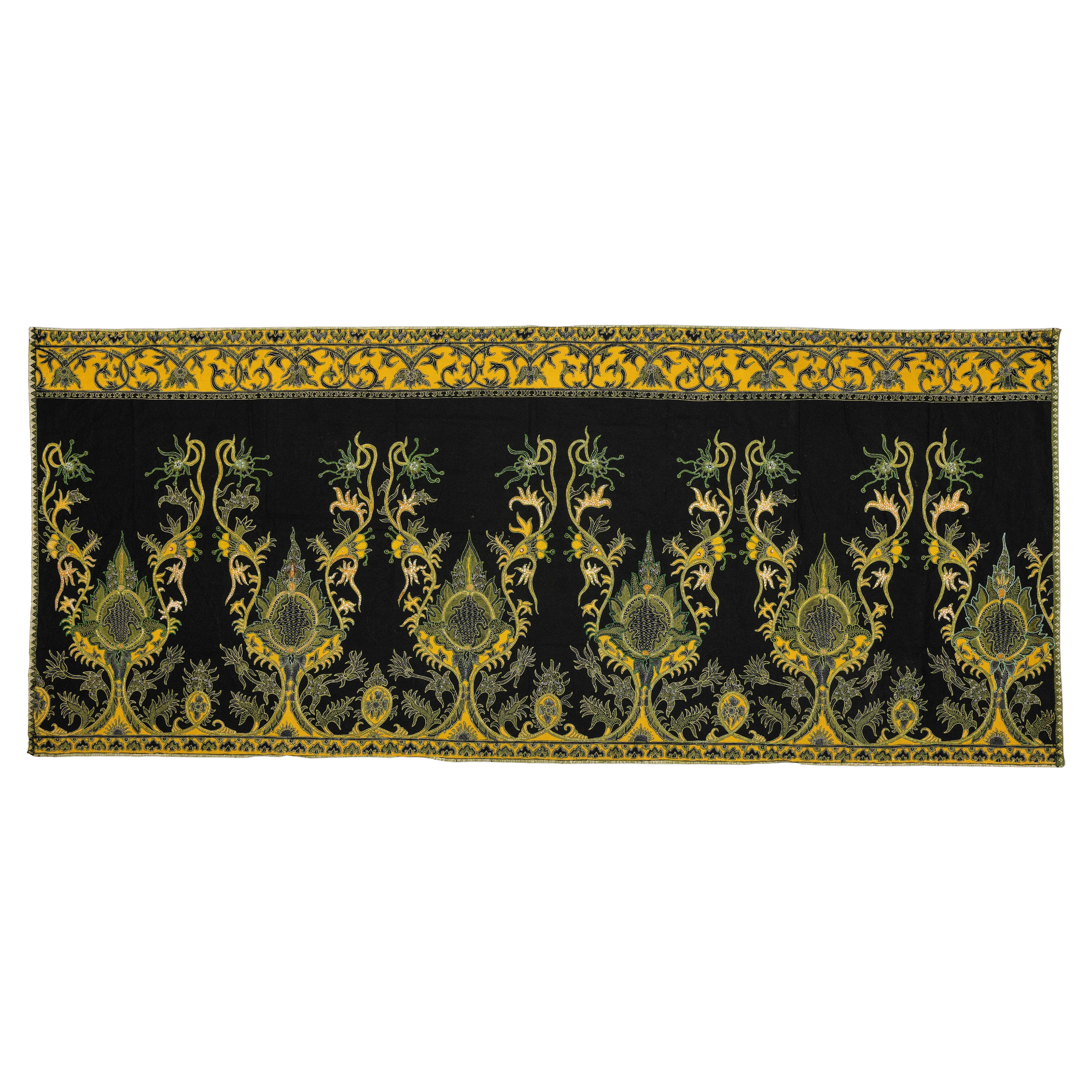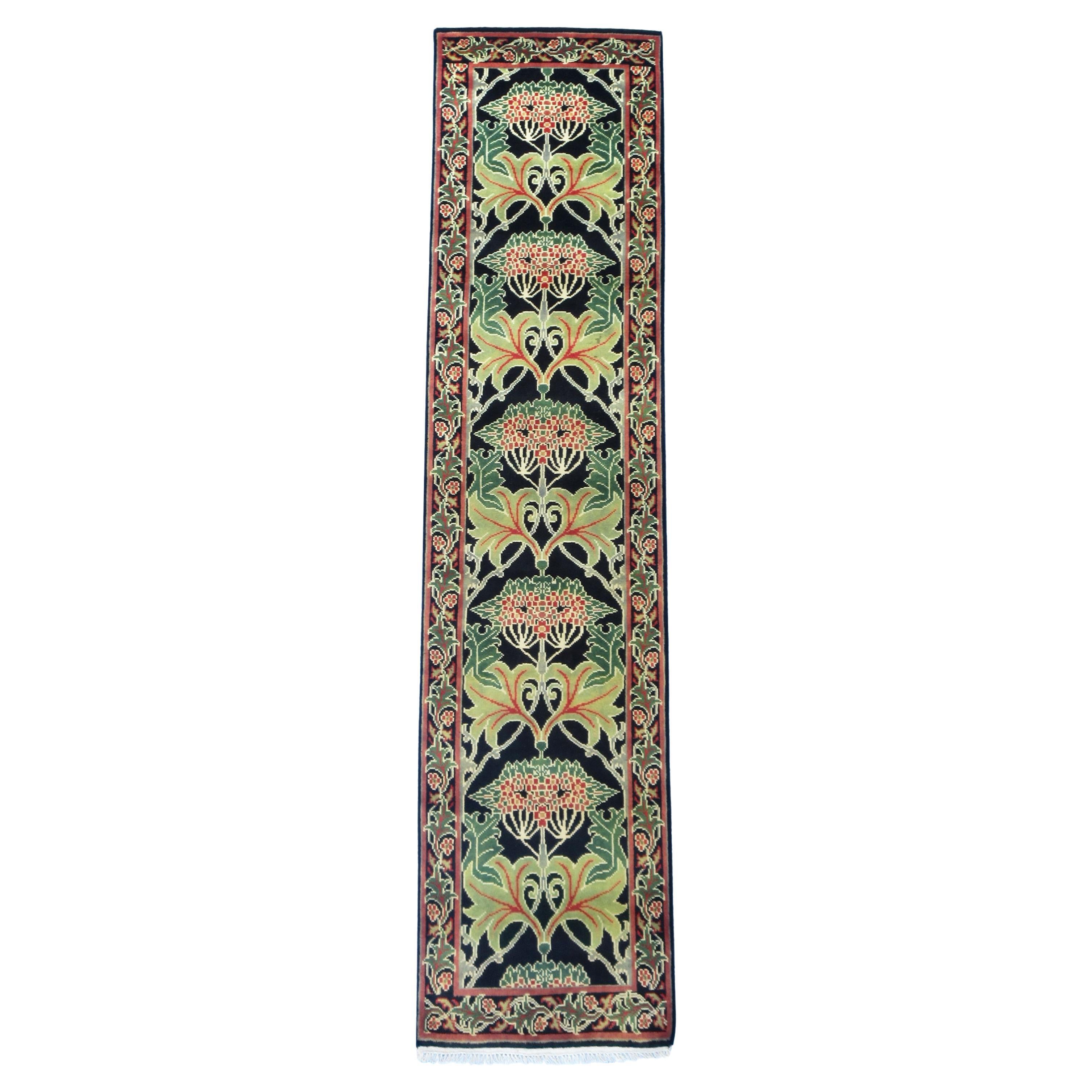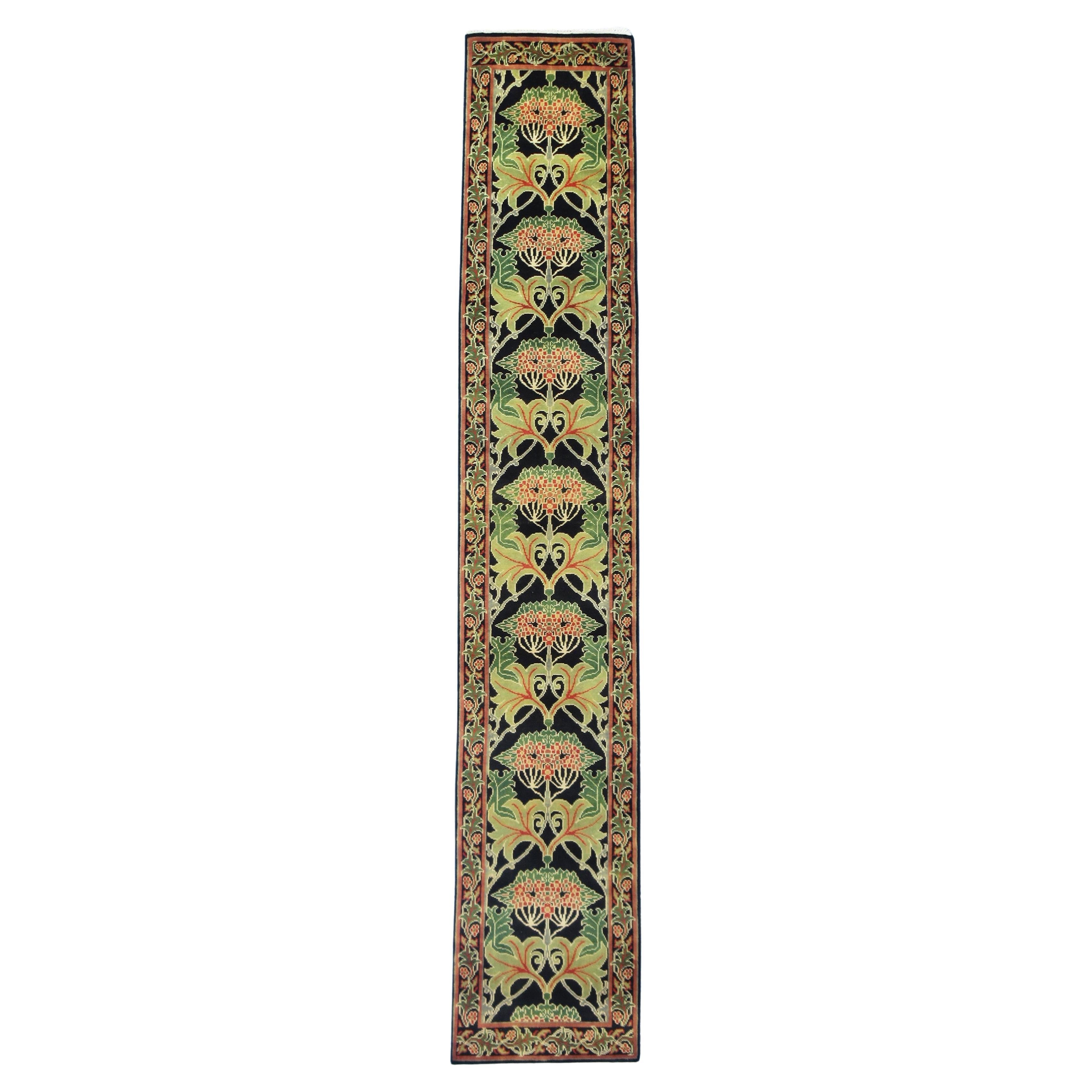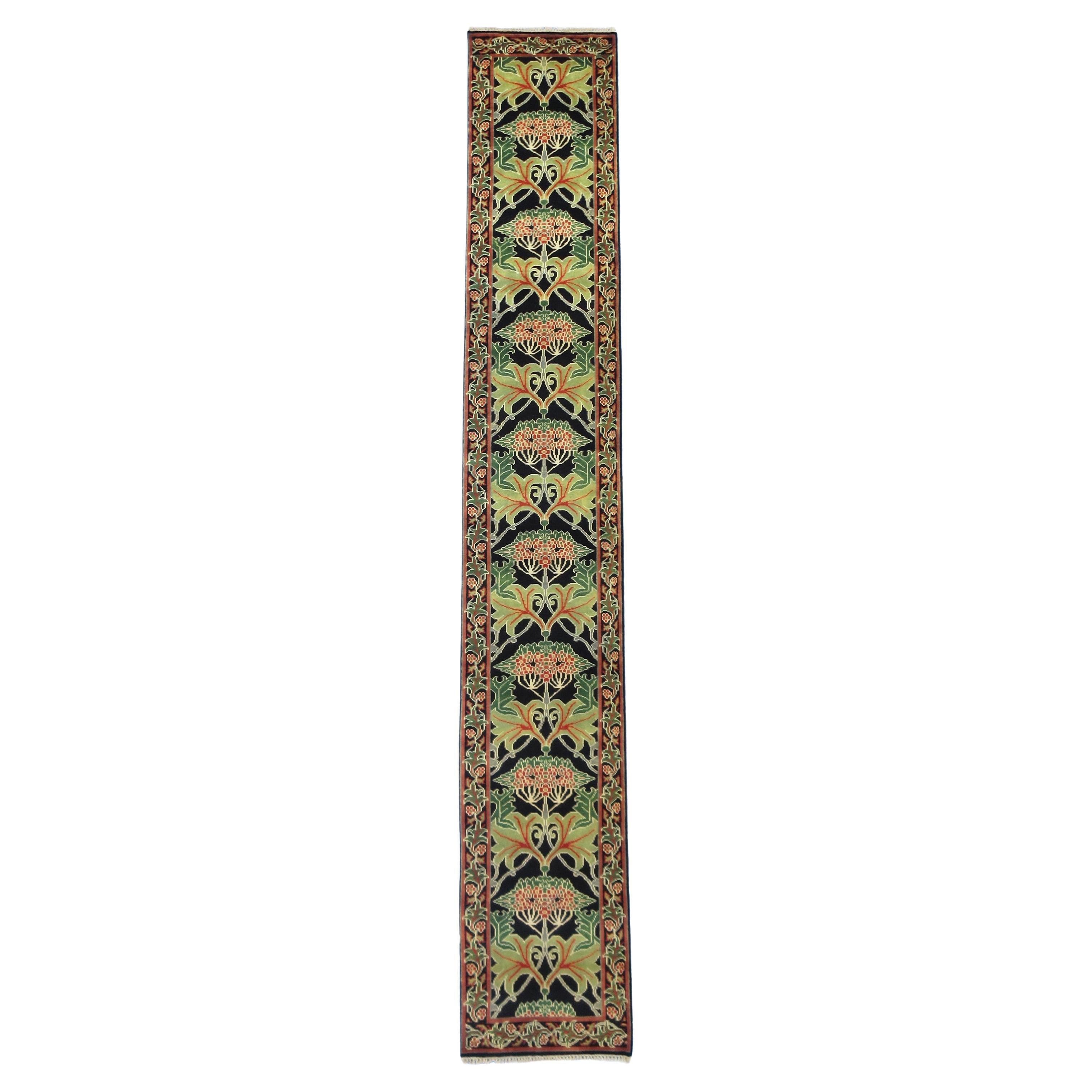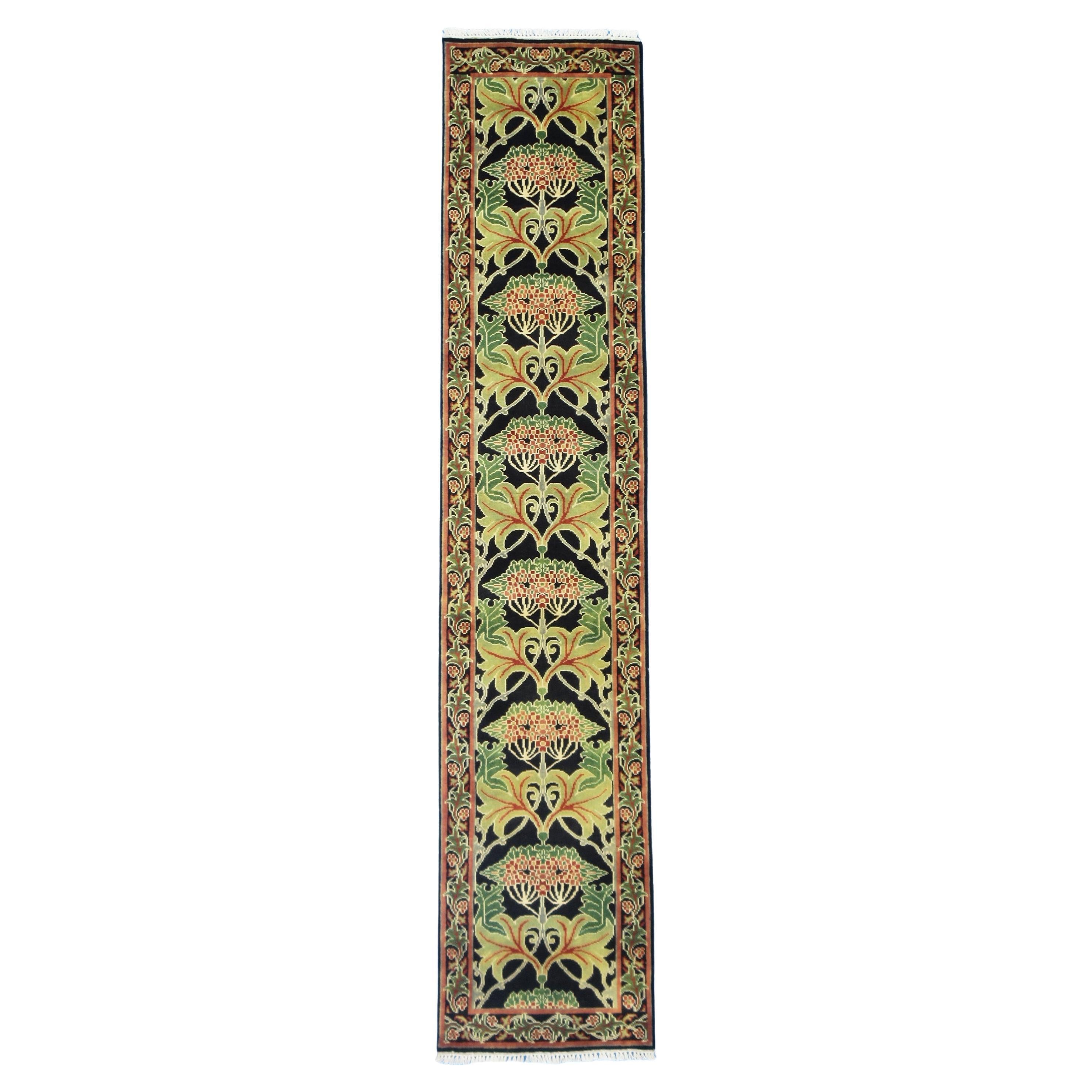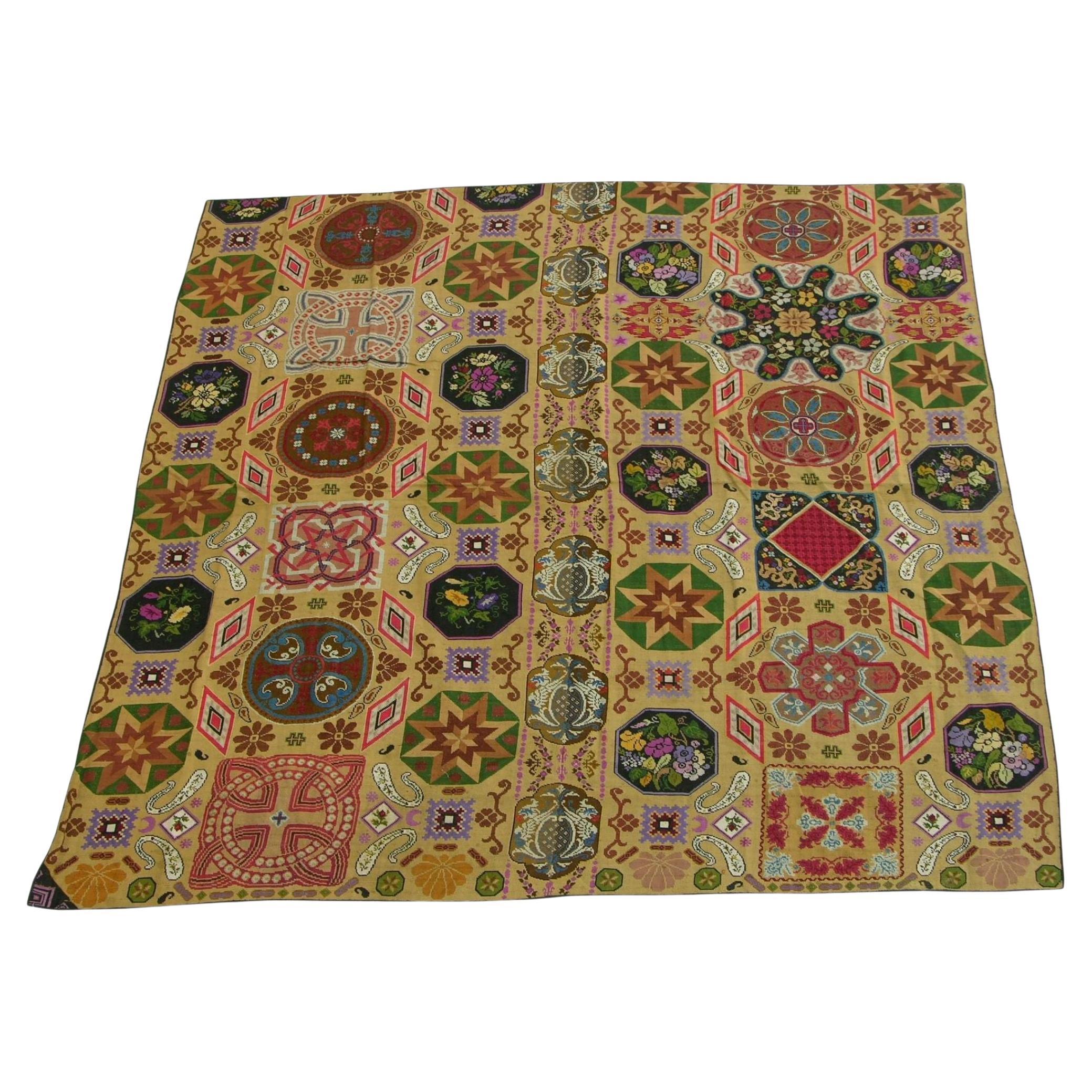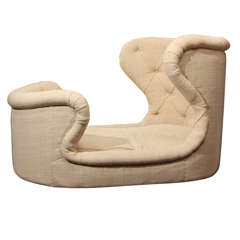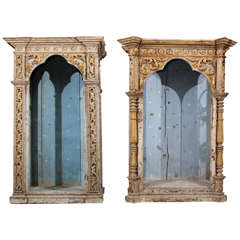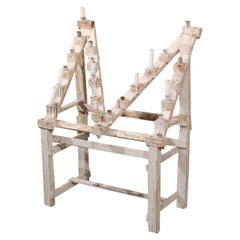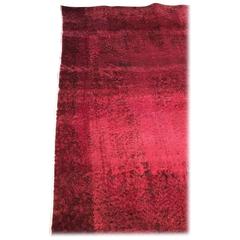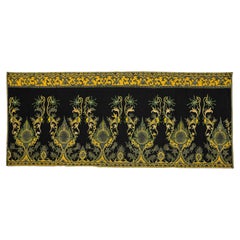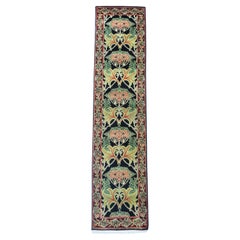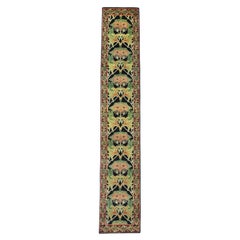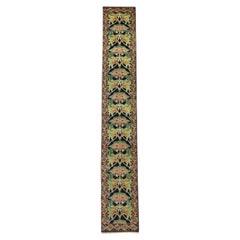Want more images or videos?
Request additional images or videos from the seller
1 of 8
Handwork
$1,800
£1,367.14
€1,579.50
CA$2,522.76
A$2,823.45
CHF 1,473.62
MX$34,431.52
NOK 18,860.37
SEK 17,853.76
DKK 11,787.62
Shipping
Retrieving quote...The 1stDibs Promise:
Authenticity Guarantee,
Money-Back Guarantee,
24-Hour Cancellation
About the Item
Golden thread and black velvet make up this beautiful length of handwork. Great for upholstering would be beautiful covering a wall in a small space. Measures: 30 feet.
- Dimensions:Width: 360 in (914.4 cm)Depth: 21.5 in (54.61 cm)
- Period:
- Date of Manufacture:1800s
- Condition:Wear consistent with age and use.
- Seller Location:Seattle, WA
- Reference Number:1stDibs: 1305318974570
About the Seller
5.0
Vetted Professional Seller
Every seller passes strict standards for authenticity and reliability
1stDibs seller since 2010
122 sales on 1stDibs
- ShippingRetrieving quote...Shipping from: Seattle, WA
- Return Policy
Authenticity Guarantee
In the unlikely event there’s an issue with an item’s authenticity, contact us within 1 year for a full refund. DetailsMoney-Back Guarantee
If your item is not as described, is damaged in transit, or does not arrive, contact us within 7 days for a full refund. Details24-Hour Cancellation
You have a 24-hour grace period in which to reconsider your purchase, with no questions asked.Vetted Professional Sellers
Our world-class sellers must adhere to strict standards for service and quality, maintaining the integrity of our listings.Price-Match Guarantee
If you find that a seller listed the same item for a lower price elsewhere, we’ll match it.Trusted Global Delivery
Our best-in-class carrier network provides specialized shipping options worldwide, including custom delivery.More From This Seller
View Alltreat your pet to this beautiful bed
Located in Seattle, WA
custom pet bed upholstered in heavy vintage linen with removable, washable cushion cover.
Category
20th Century Beds and Bed Frames
Materials
Fabric, Wood
Pair of Niches
Located in Seattle, WA
Beautiful pair of niches from France. The color and scale are great. Hand-carved, gilded, and the painted stars in the heavens are lovely. Unmatched, bu...
Category
Antique 19th Century French More Furniture and Collectibles
$15,000 / set
Folk Art Candelabrum
Located in Seattle, WA
Handmade Folk Art candelabrum.
That was originally used as a home altar. Lovely with candles burning or just as a piece of sculpture.
Category
Antique Late 19th Century Candle Holders
$1,250
Vintage Red Overdyed Rug 3
Located in Seattle, WA
Vintage carpet overdyed in red with hints of black. Durable, great pop of color in any room.
Category
20th Century More Carpets
Primitive Memoryware Table
Located in Seattle, WA
An exceptional example of the early 20th century folk craft, this Memoryware side table is embellished with all variety of found-object articles most likely the life-long possessions...
Category
Early 20th Century American Console Tables
Materials
Shell, Wood
Yesterday, Today, Forever
Located in Seattle, WA
oversize, heavy industrial chain- great patina and feel. beautiful piece of folk art
Category
American Sculptures
Materials
Metal
You May Also Like
Indonesian Cloth
Located in Roma, IT
Indonesian cloth finely decorated with floreal motives in yellow and green on a dark blue background.
The item is not restored and is in very good co...
Category
Mid-20th Century Indonesian Modern Textiles
Materials
Textile
$1,811
Art & Craft Runner
Located in Laguna Hills, CA
Hand-knotted, wool pile on a cotton foundation.
Field Color: Black
Border Color: Black
Accent Colors: Green, Red-Orange.
Category
2010s Indian Arts and Crafts Indian Rugs
Materials
Wool
$1,900 / item
Art & Craft Runner
Located in Laguna Hills, CA
Hand-knotted, wool pile on a cotton foundation.
Field Color: Black
Border Color: Black
Accent Colors: Green, Red-Orange.
Category
2010s Indian Arts and Crafts Indian Rugs
Materials
Wool
$2,790 / item
Art & Craft Runner
Located in Laguna Hills, CA
Hand-knotted, wool pile on a cotton foundation.
Field Color: Black
Border Color: Black
Accent Colors: Green, red-orange.
Category
2010s Indian Arts and Crafts Indian Rugs
Materials
Wool
$3,200 / item
Art & Craft Runner
Located in Laguna Hills, CA
Hand-knotted, wool pile on a cotton foundation.
Field color: Black
Border color: Black
Accent colors: Green, Red-Orange.
Category
2010s Indian Arts and Crafts Indian Rugs
Materials
Wool
$2,190 / item
Antique Collectible Woolen Needlework
Located in Los Angeles, US
Needlepoint rugs were created using the traditional needlework weaving technique that is used to make everyday items from furniture to carpets and artwork. However, it has a fascinating history both as a hobby and as an industry. When many people think of carpets, they think of pile carpets or flat weave kilims, but needlepoint has also been used to create beautiful carpets. These carpets are durable and an important part of carpet history.
Archaeologists and scholars consider the roots of needlepoint to have been around 1500 BC. They consider the first needlepoint to include the fine diagonal stitches that were used to sew tents together by the ancient Egyptians. The art eventually evolved into tapestry weaving. However, a tapestry weaving differs significantly from needlepoint in that it uses a loom and vertical warp.
Tapestry weaving is closer to the weaving of kilims and pile rugs than canvas work. However, some still include tapestry weaving in the category of needlepoint because of the fine work that appeared during the late Renaissance. It can have a similar appearance to the untrained eye. Technically, tapestry weaving and needlepoint are not the same, and they do not use the same technique.
The first actual needlepoint rugs and needle-points began to appear in the late Renaissance. Needlepoint is worked by creating stitches on a stiff canvas. The canvas is typically made from jute or linen and is quite durable. Pieces from the Renaissance were used to cover footstools, chairs, pillows, bed headboards, and other furnishings. They were also used as table coverings and wall coverings. You could also find them on many small items such as purses, shoes, and various adornments for clothing.
During the Renaissance, the craft reached a high level of skill, and the designs became incredibly detailed and realistic. They mimicked many of the subjects and styles of famous paintings of the time. They created florals, still life designs, scenes, and geometric tiled pieces. Some of them mimicked the designs found in Persian Carpets.
Needlepoint reached its peak popularity in the 19th century when it was considered a proper occupation for a lady. Needlepoint and embroidery held a similar place in societal status at the time. During this time, the work became finer, with some of the canvas reaching a high level of detail. The level of detail is determined by counting the number of mesh in an inch. During this time petit point by French needlewomen could have a mesh count as high as 45 mesh. This allowed women to create highly intricate designs with incredible levels of detail.
It is possible to find many antique pieces of needlepoint besides rugs. Needlepoint rugs were popular in France and Spain, where the technique was adapted to create highly intricate designs that mimicked the designs in architecture and fashion. They were popular because they were durable, and it could be fashioned into a variety of items. The canvases themselves were durable, and the wool that they used was also strong, which means that many of the pieces were able to withstand daily use. We have many artifacts that have survived from this time period.
Needlepoint rugs are important collectibles because they are different from the pile rugs and kilims that are typically found on the market. Needlepoint carpets are special because they take many hours to create, especially larger works. Needlepoint pieces of any type became popular throughout Europe during the 19th century. It is still a popular hobby today, but perhaps one of the most interesting stories is that of the Portuguese needlewomen of Arraiolos.
The story of these women and their beautiful carpets begins in 1492. Needlepoint was a popular occupation in Spain, which had a large population of Moors and Jews. They were an integral part of Spanish culture. However, in 1492, Queen Isabella of Spain issued a proclamation that gave these ethnic groups the order to pack their bags and board ships headed...
Category
Antique Early 1900s Other Russian and Scandinavian Rugs
Materials
Wool
More Ways To Browse
Vintage Satin Blanket
Antique Basket Quilt
Pendleton Trade Blanket
African Kente Cloth
Antique Quilt Company
English Needlework Sampler
Ewe Kente
Vintage Kente Cloth
Welsh Blanket
Beaver Blanket
Vintage Italian Wool Blanket
Beacon Blanket
Italian Velvet Blanket
Mud Cloth Pillows
Mulligan Furniture
New England Sampler
Vintage Suzani Quilts
Fornasetti Tie
